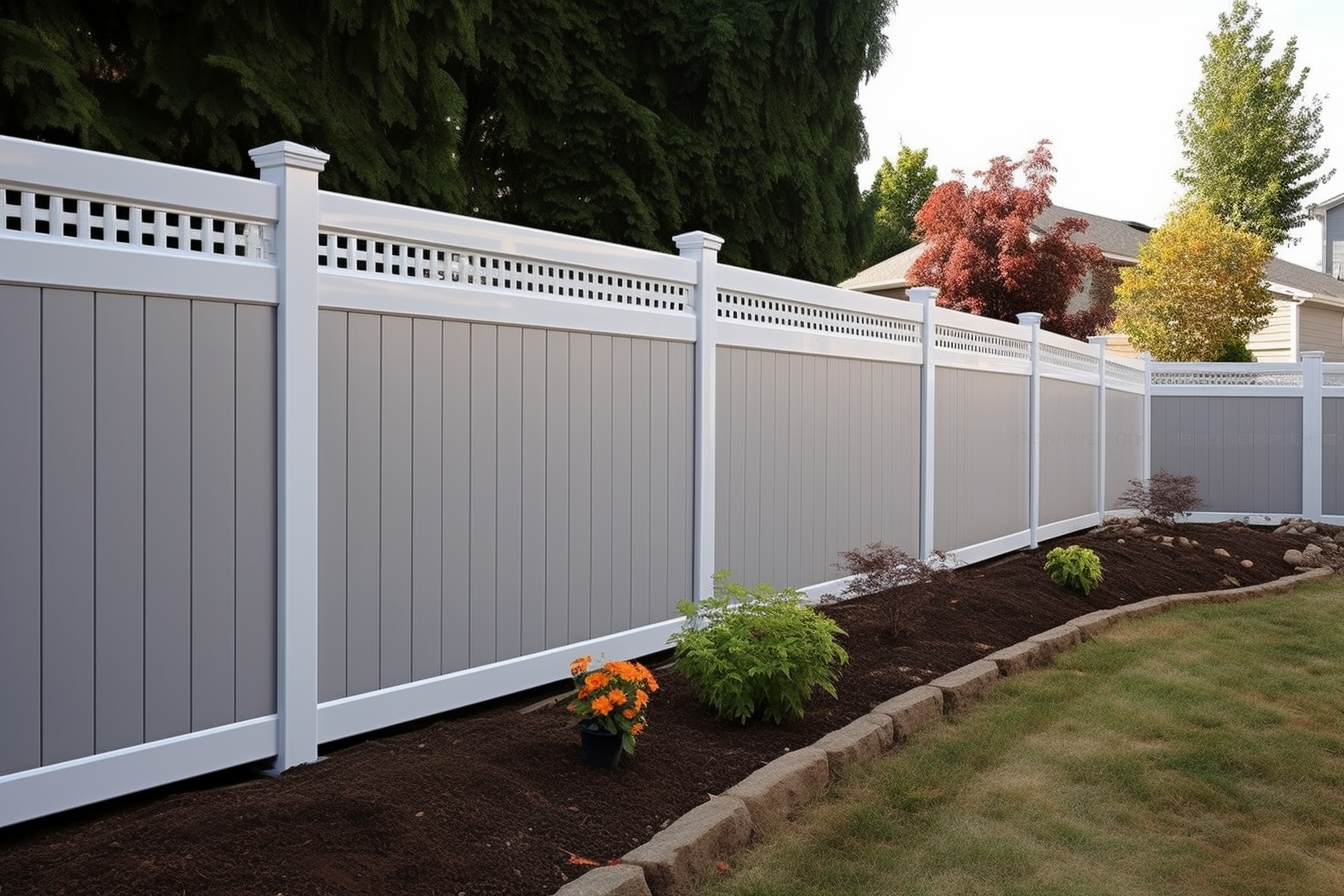Transform Your Outdoor Space: Choose the Perfect Fence
Discover how selecting the right garden fence can redefine your outdoor living — offering privacy, security, curb appeal, and functionality. This guide compares wood, vinyl, metal, composite, and chain-link options, explains ideal heights, creative design ideas, upkeep tips, and eco-friendly choices to help you create a personalized, long-lasting garden boundary.

A thoughtfully selected garden fence does far more than mark property lines — it creates privacy, boosts security, and enhances the look and feel of your landscape. Picking the right fencing can turn an ordinary yard into a welcoming outdoor retreat. Below is a practical guide to fence types, height considerations, creative uses, maintenance routines, and environmentally conscious options to help you make an informed choice.
Popular Fence Materials and Their Benefits
-
Wood Classic and adaptable, wood fencing delivers a warm, natural aesthetic that suits many architectural styles. It can be painted or stained to match your palette and provides excellent visual privacy. Regular sealing or staining is necessary to protect against weathering and pests.
-
Vinyl Vinyl fencing is a low-maintenance alternative that resists rot, insect damage, and fading. It’s available in a range of styles that resemble painted or stained wood while freeing you from frequent upkeep, making it a good choice for busy homeowners.
-
Metal Options Wrought iron, aluminum, and steel fences combine strength with refined looks. Metal is ideal when security is a priority, yet design-savvy homeowners also use it to add an elegant, architectural element to both traditional and contemporary gardens.
-
Composite Made from recycled plastics blended with wood fibers, composite fencing offers wood-like texture with enhanced durability. It requires less maintenance than natural timber and holds up well against moisture and decay.
-
Chain-Link If function and affordability are your main concerns, chain-link fencing is reliable for enclosing large areas or creating secure pet runs. It’s less decorative but practical for many utility applications.
Deciding on Fence Height
Select a fence height based on intended use, local regulations, and the visual balance with your home: - Privacy: For full seclusion, aim for fences of 6 feet or taller. - Local rules: Check zoning codes and homeowners association guidelines, especially for front-yard installations where height limits often apply. - Use case: Short borders (2–3 feet) work well for decoration and framing garden beds; 4–5 feet usually suffices to keep most pets contained. - Aesthetics: Consider how the height will influence curb appeal and the overall composition of your landscape. - Neighbors: If the fence borders a neighbor’s property, open a conversation before installing taller structures to maintain good relations.
Creative Ways to Incorporate Your Fence into Garden Design
- Living fences: Train climbers like ivy, clematis, or climbing roses to cover the structure for a lush, natural screen.
- Vertical planting: Mount hanging planters, wall pockets, or shelves on the fence to grow herbs, succulents, or annuals and save ground space.
- Decorative panels: Add lattice, patterned screens, or laser-cut panels for visual interest and partial screening.
- Mixed materials: Combine wood, metal, and plantings for a contemporary, layered look that breaks up long runs of fencing.
- Integrated seating: Build benches or ledges into the fence to create cozy nooks in compact yards.
- Outdoor display: Turn the fence into a backdrop for weatherproof artwork, mirrors, or sculpture to personalize the space.
Maintenance Tips to Prolong Fence Life
- Clean annually: Remove dirt, algae, and debris with a gentle scrub and mild detergent to keep surfaces fresh.
- Inspect regularly: Look for loose posts, protruding fasteners, and early signs of rot or corrosion.
- Repair promptly: Address minor damage quickly to prevent more extensive problems.
- Protect wood: Reapply sealants, stains, or paints as recommended to shield timber from moisture and UV damage.
- Refresh finishes: Repaint or refinish surfaces when colors fade or protective coatings wear thin.
- Manage plants: Keep vines and shrubs trimmed away from fence materials to reduce moisture retention and pest habitat.
Eco-Conscious Fencing Choices
- Sustainable sourcing: Opt for wood from certified sustainable forests or choose recycled-content materials.
- Local procurement: Buying from local suppliers reduces transport-related emissions and supports community businesses.
- Longevity: Prioritize durable materials to lower the frequency of replacement and reduce waste.
- Wildlife considerations: Design fences with small openings or wildlife passes where appropriate to preserve natural movement corridors.
- Living alternatives: Hedge rows and native shrub screens can serve as green, wildlife-friendly boundaries in place of traditional fencing.
Conclusion
By weighing material properties, height requirements, aesthetic goals, maintenance responsibilities, and environmental impacts, you can select a fence that meets practical needs while enhancing your garden’s character. Whether you’re drawn to the timeless charm of timber, the convenience of vinyl, the strength of metal, or the sustainability of composites and living hedges, the right fence will define and elevate your outdoor space for years to come. Choose a design that balances functionality and beauty and reflects your personal style to create a harmonious garden boundary.






